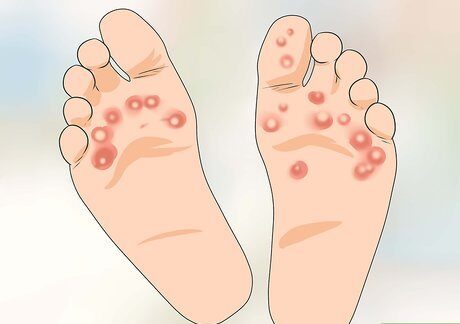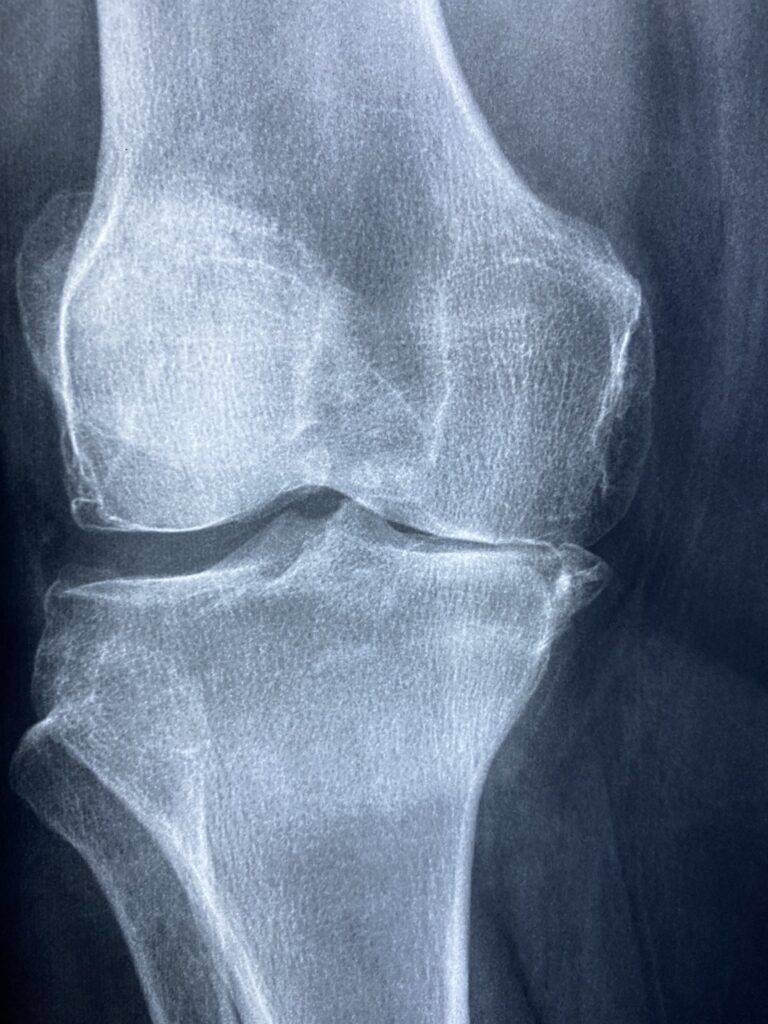Blisters: Understanding Causes, Treatment, and Prevention
Blisters are fluid-filled pockets that form within the upper layers of the skin due to friction, burns, insect bites, allergic reactions, or infections. These sacs typically contain clear fluid, but they may also be filled with blood or pus depending on the underlying cause. Blisters serve as a protective mechanism for the skin, allowing the damaged area to heal without further irritation or infection.
Causes of Blisters: Blisters can be caused by various factors, including:
- Friction: Rubbing or repeated pressure on the skin, such as from ill-fitting shoes or tools, can cause blisters to form.
- Burns: Thermal burns from hot objects or liquids, sunburns, or chemical burns can result in blistering.
- Allergic Reactions: Contact with allergens such as plants (e.g., poison ivy), chemicals, or medications can trigger blister formation.
- Infections: Viral, bacterial, or fungal infections of the skin can lead to the development of blisters.
- Insect Bites or Stings: Venom from insects like mosquitoes, bees, or spiders can cause localized allergic reactions and blistering.
Symptoms of Blisters: Common symptoms associated with blisters include:
- Fluid-filled sacs on the skin
- Redness or swelling around the blister
- Pain or tenderness, especially when pressure is applied
- Itching or burning sensations
Diagnosis: Blisters are typically diagnosed based on their appearance and medical history. In some cases, a healthcare professional may perform additional tests, such as a skin culture or biopsy, to determine the underlying cause of the blister, especially if infection is suspected.
Treatment Options: Treatment for blisters aims to relieve symptoms, promote healing, and prevent complications. Depending on the cause and severity of the blister, treatment options may include:
- Cleaning: Gently wash the blistered area with soap and water to reduce the risk of infection.
- Protection: Apply a sterile bandage or dressing to the blister to protect it from further friction or pressure.
- Drainage: If the blister is large, painful, or likely to rupture, a healthcare professional may drain it using sterile instruments to relieve pressure and promote healing.
- Topical Treatments: Apply over-the-counter remedies such as antibiotic ointments or hydrocolloid dressings to the blister to prevent infection and facilitate healing.
- Pain Relief: Over-the-counter pain relievers such as acetaminophen or ibuprofen may help alleviate discomfort associated with blisters.
- Avoidance: Identify and avoid triggers or irritants that contribute to blister formation, such as wearing proper footwear, using protective gear, or avoiding allergens.
Prevention Strategies: To prevent blisters from forming, consider the following tips:
- Wear Proper Footwear: Choose shoes that fit well and provide adequate support and cushioning to reduce friction and pressure on the feet.
- Use Protective Gear: When engaging in activities that may cause friction or trauma to the skin, such as sports or manual labor, wear gloves, padding, or other protective gear.
- Keep Skin Dry: Moisture can increase the risk of blister formation, so keep your skin clean and dry, especially in areas prone to sweating or friction.
- Gradual Exposure: If you are susceptible to sunburn or allergic reactions, gradually expose your skin to sunlight or potential allergens to minimize the risk of blistering.
Conclusion: Blisters are common skin conditions that can result from various causes, including friction, burns, allergies, infections, or insect bites. While most blisters will heal on their own with proper care and management, it’s essential to seek medical attention if you experience severe pain, signs of infection, or if the blister fails to improve despite self-care measures. By understanding the causes, symptoms, treatment options, and prevention strategies for blisters, you can better protect your skin and promote optimal healing.




